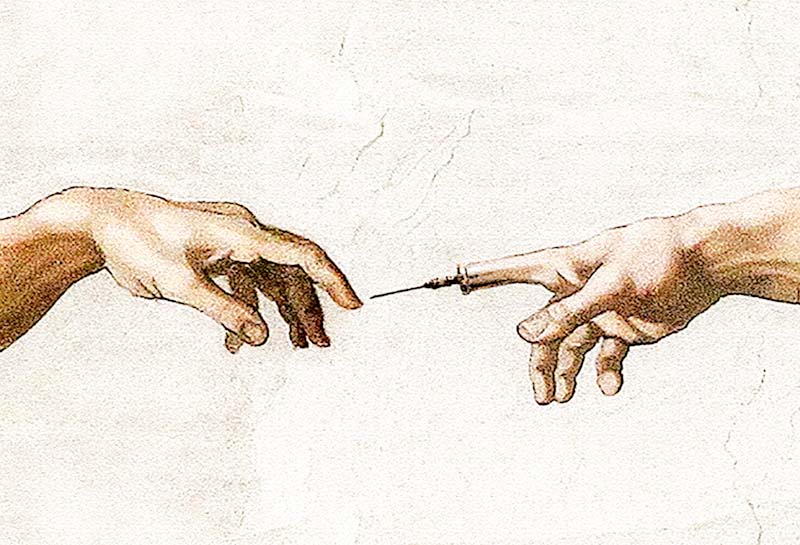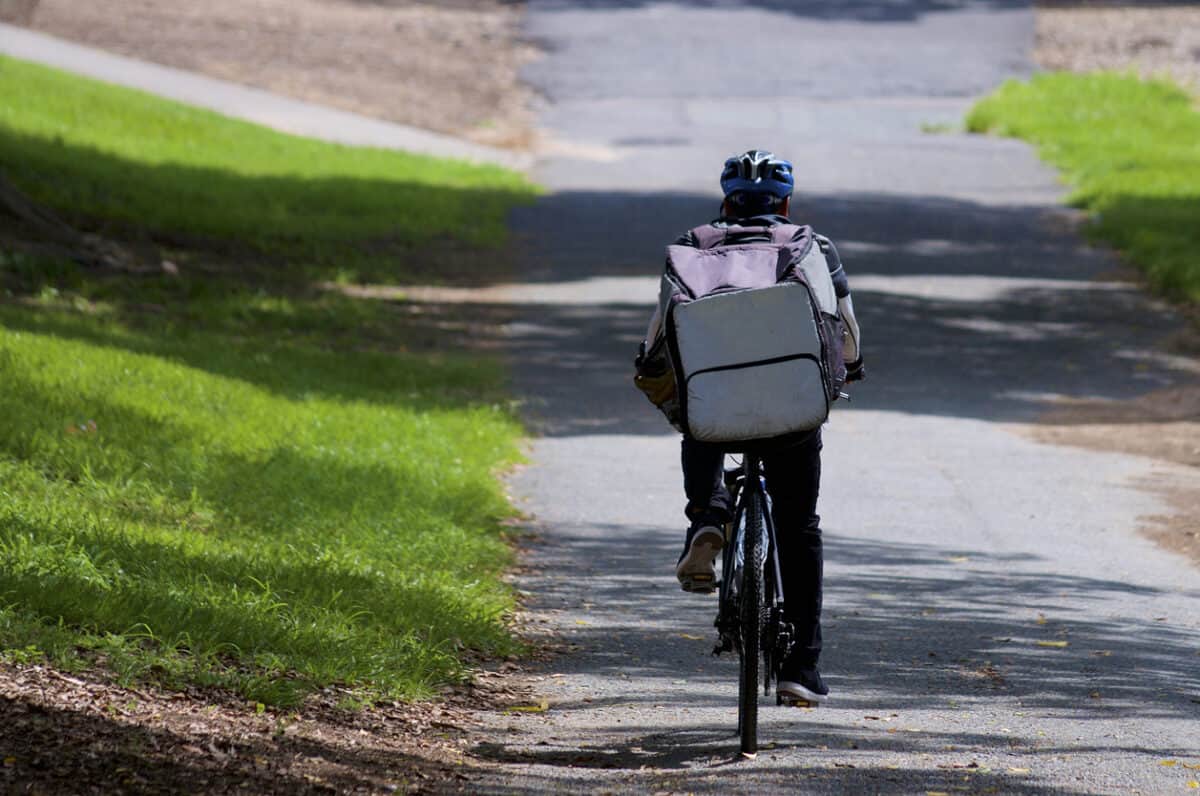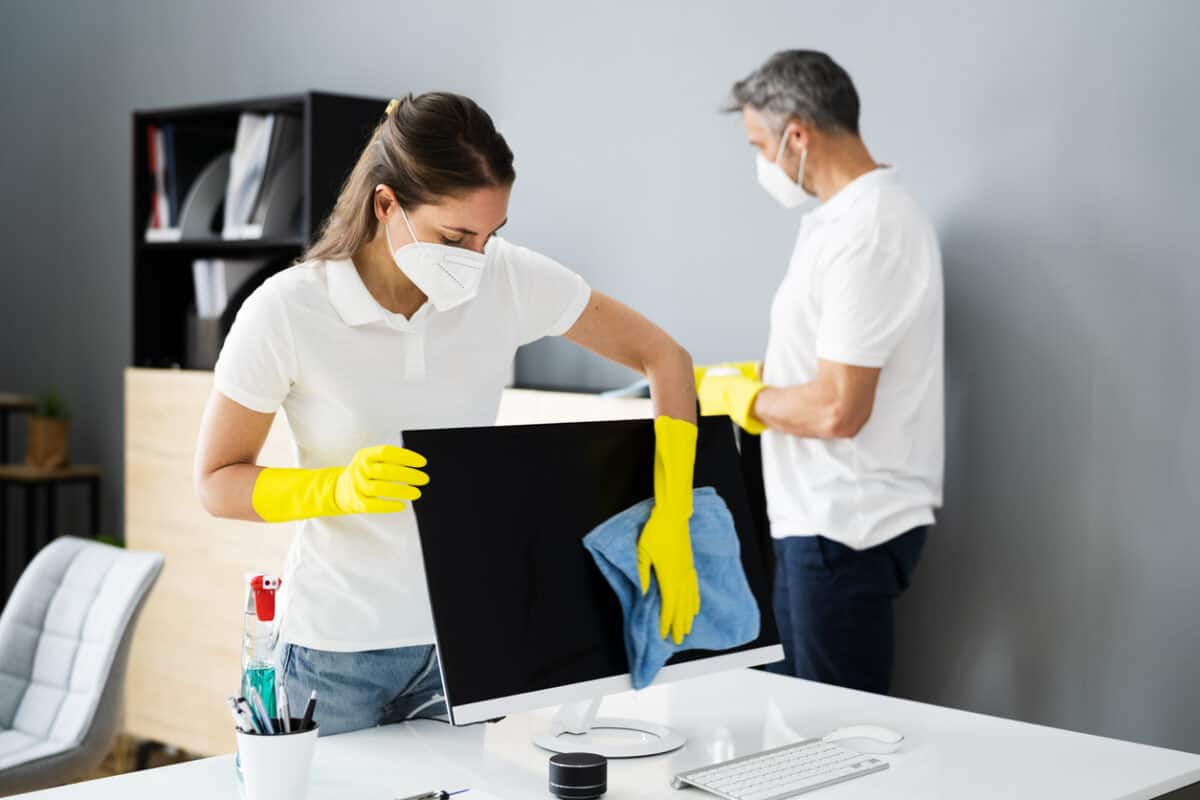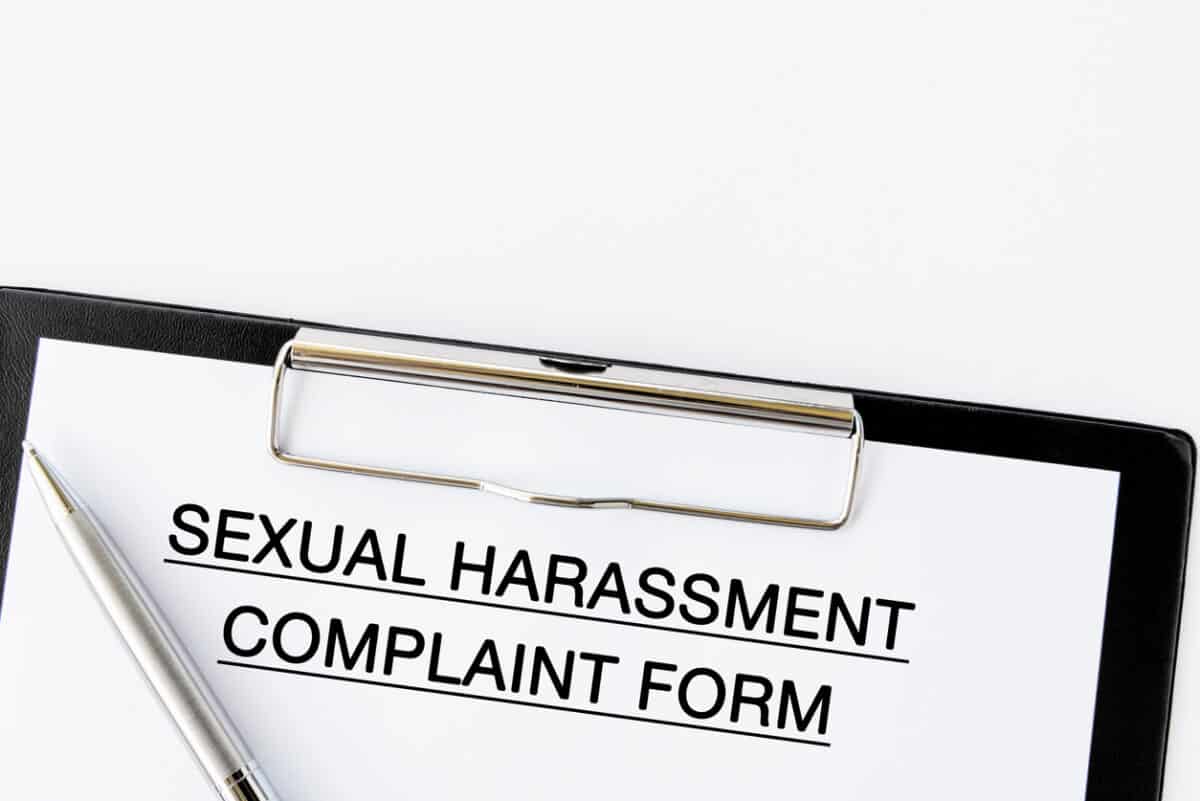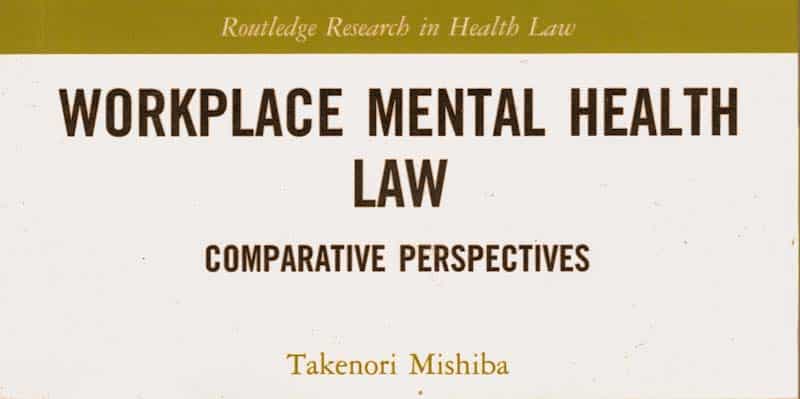Over the last two years or so, occupational health and safety (OHS) professionals seemed to have been the go-to people for handling the workplace impacts of the coronavirus pandemic. Whether that is fair or not is debatable, but it is likely to repeat reality as workplaces continue to face labour shortages, production and supply disruption and variable exposure to the virus. At the moment, many politicians are uncertain about how to proceed. Employers need to have an operational plan, but they, or their OHS advisers, also need to step back occasionally and look at the larger context.
That step-back perspective is just what Dyani Lewis has done in a small but useful book called “Unvaxxed – Trust, Truth and the Rise of Vaccine Outrage“.

